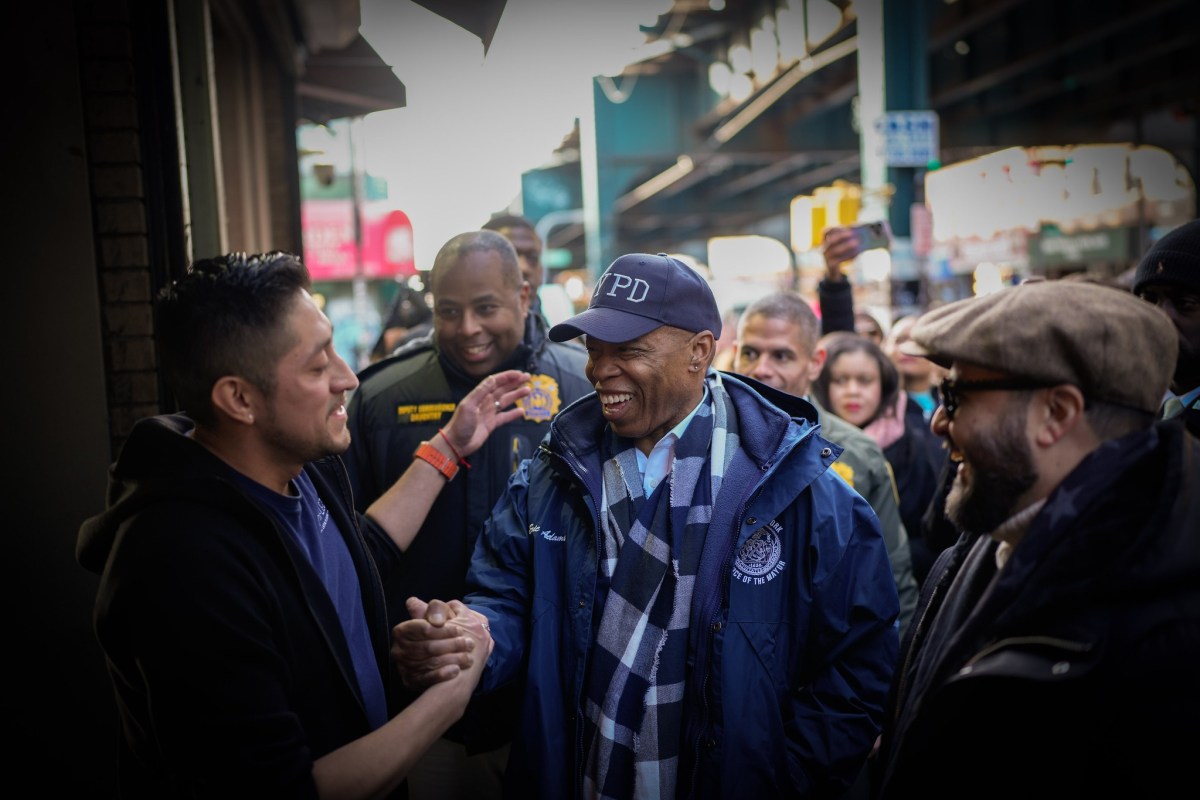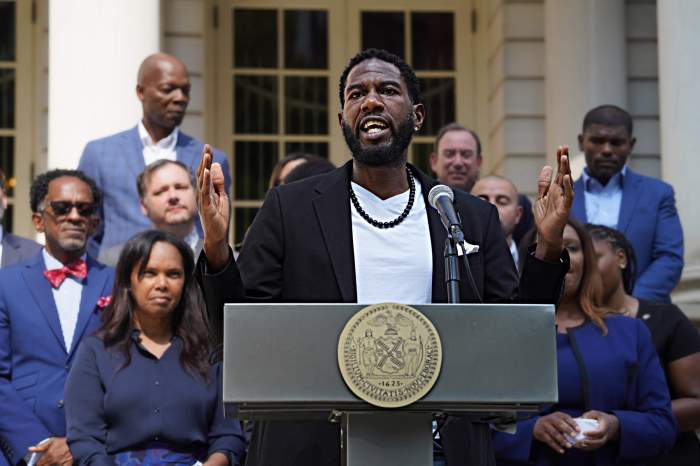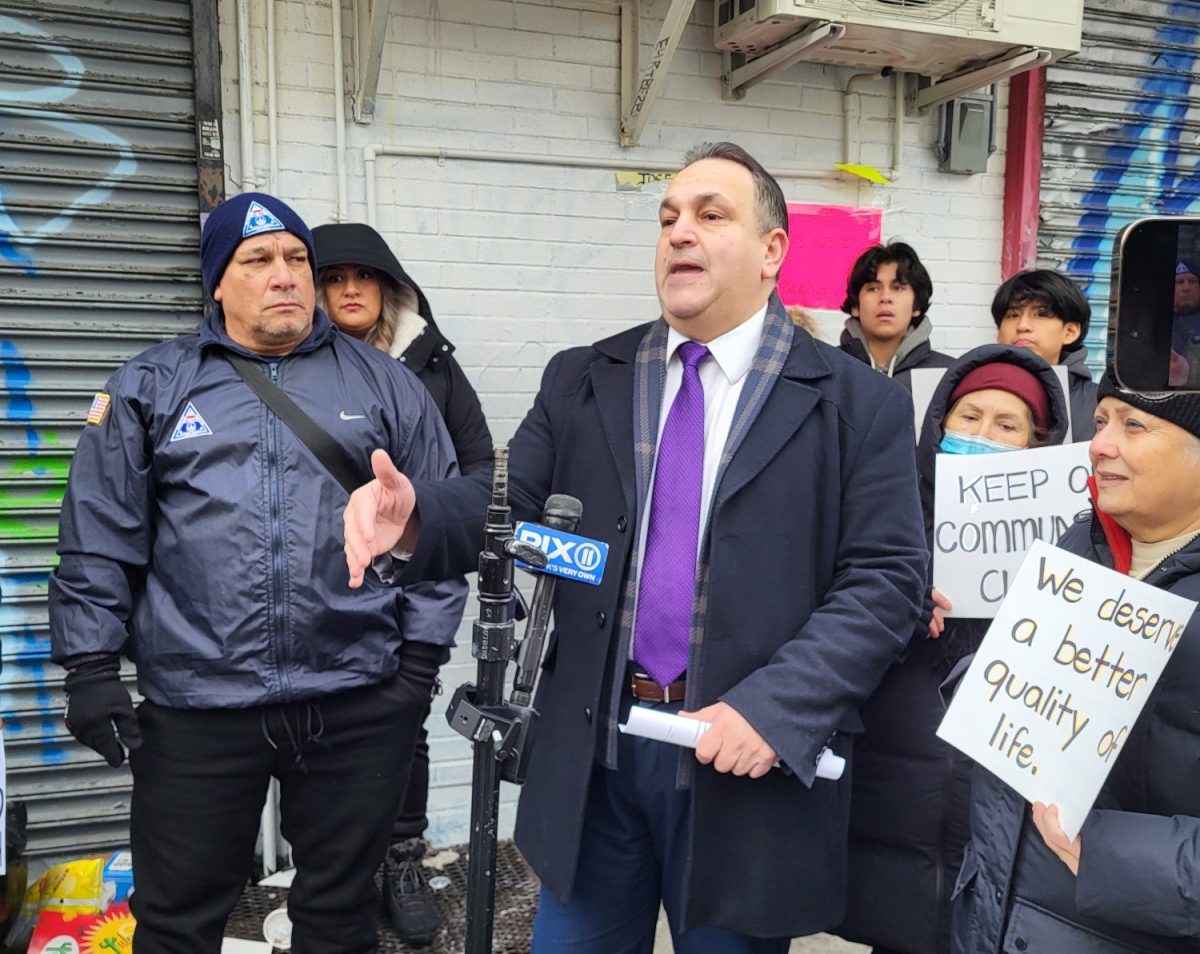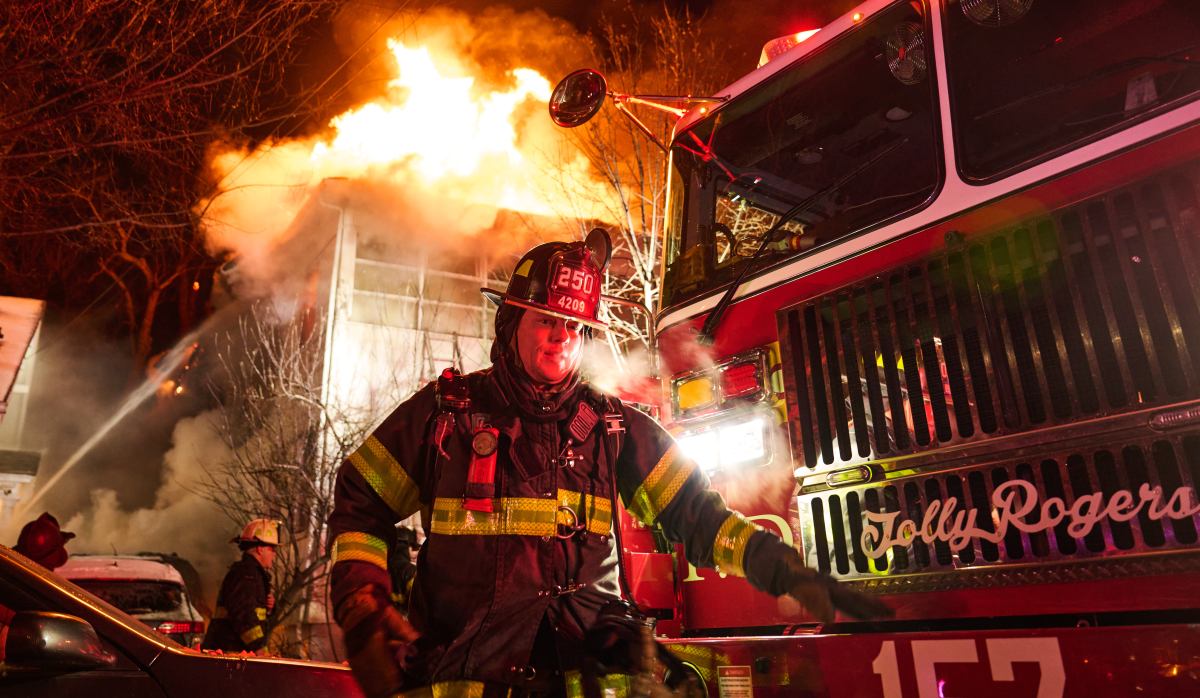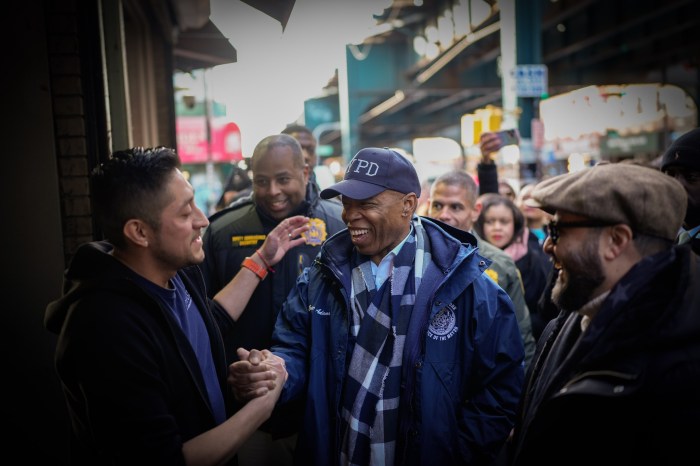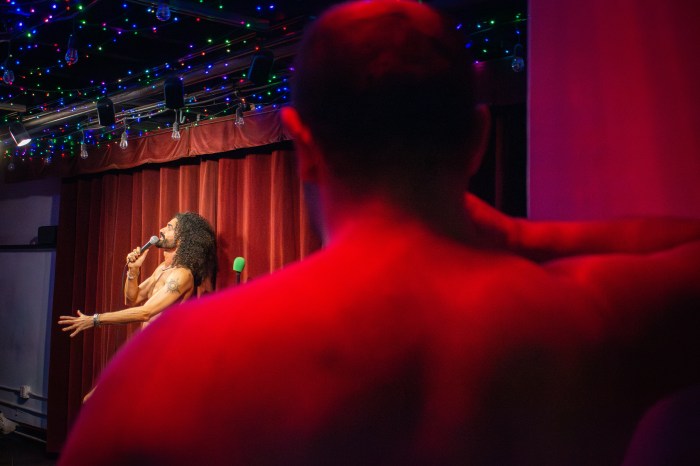After hearing dozens of New York City Housing Authority residents detail decrepit living conditions Wednesday, U.S. District Court Judge William Pauley III raised pointed questions about a proposed settlement between the federal government and the authority.
Pauley questioned the efficacy of an agreement awaiting his approval, which would compel the city to spend $2 billion reforming the authority under the supervision of a monitor.
He noted that despite the settlement outlining a collaborative solution, the prosecutors said NYCHA avoided their calls or requests to meet for three weeks and that they had not been consulted about the chief compliance officer the authority recently appointed.
The judge also highlighted the roughly $375 million allocated by the city in fiscal year 2018 that had gone unspent, despite NYCHA fielding complaints about widespread heating outages, mold and lead paint.
“It’s absolutely stunning,” Pauley said.
Pauley even asked federal prosecutors if they had considered placing NYCHA in a receivership under the U.S. Department of Housing and Urban Development — rather than negotiating the settlement.
Assistant United States Attorney Robert William Yalen said his team weighed a receivership, but decided it was better to try to maintain the long tradition of local leadership and access to the city money.
Several public housing residents urged Pauley to reject the agreement, given that the $2 billion tied to it will not be enough to fulfill a litany of repairs, and that tenants would like a more formal role in guiding the authority’s revamp.
Speakers, some of whom choked up while testifying, described years of contending with flooding, mold and vermin that aggravated asthma and other ailments.
Karen Dawn Blondel, a Red Hook West resident with a civil engineering background, said the city treats public housing residents like roaches while dousing their homes with chemicals.
She said the settlement give the U.S. Environmental Protection Agency a role in monitoring NYCHA since it has expertise in toxin remediation.
“Everyone is looking at us like we’re three-fifths of a New Yorker,” said Blondel, who is involved in several advocacy groups in southern Brooklyn. “That is not acceptable.”
Angela Thomas, who recently moved from one NYCHA development to Wagner Houses, asked Pauley to put himself in her shoes. She told amNewYork after her testimony that in addition to her own health ailments, two of her five children were born prematurely with elevated blood lead levels.
“This has to stop today,” Thomas said, after ticking off issues with mold, mildew, lack of heat and other hazards in her apartment. “It needs to be a sweep from the management to the head of NYCHA.”
Federal prosecutors filed a civil case against NYCHA in June, which accused the authority of misinforming the federal government and the public about how widespread lead and other hazards are inside its housing portfolio. Prosecutors simultaneously announced they had reached a settlement with NYCHA.
At the time, Mayor Bill de Blasio said the city was aware of 19 cases where kids living in NYCHA apartments with deteriorating lead paint between 2010 and 2016 had concerning blood lead levels.
The de Blasio administration said in July that 820 children living in NYCHA between 2012 and 2016 had blood lead levels above 5 micrograms per deciliter — the level at which the federal government requires action and the city sends notices — but below the 10 micrograms per deciliter level at which the city inspects hazards in the home.
City Hall then said it would begin conducting environmental investigations for all minors who have a blood lead level of 5 micrograms per deciliter.
Beyond skirting lead inspection protocols, federal prosecutors said NYCHA deceived inspectors about leaks by shutting off the water supply, stuffing holes with newspaper and cork and concealing dilapidated areas with mock walls.
Prosecutors said NYCHA indicated it was fulfilling its obligations to provide decent, safe and sanitary housing, while internal documents showed hundreds of complaints about 100-square-foot swaths of mold, massive heat outages and other hazards.
NYCHA leadership listened carefully to the complaints, according to Robin Levine, the authority’s chief communications officer.
“We take residents’ testimony seriously as we transform the Housing Authority,” Levine said in a statement. “We are working every day to fix problems and put new resources to work to improve public housing.”



